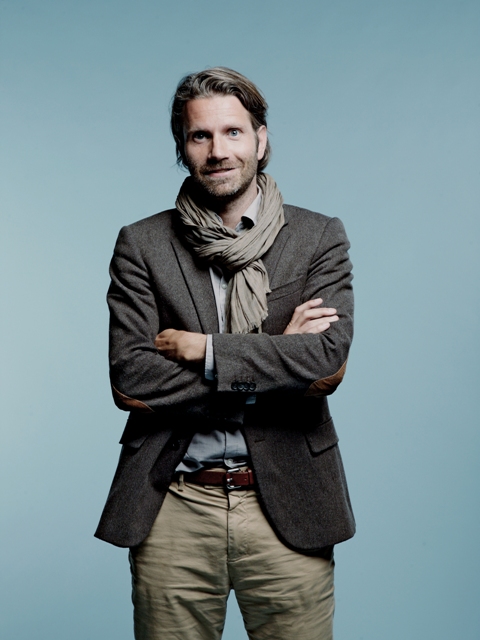
Meik Wiking, the author of “The Little Book of Hygge: Danish Secrets to Happy Living” and the CEO of the Happiness Research Institute in Copenhagen, on how desert dwellers can take a cue from the Danes in incorporating hygge into our everyday lives.
AFM: What is hygge?
MW: Hygge has been called everything from ‘the art of creating intimacy,’ ‘coziness of the soul’ and ‘cocoa by candlelight,’ and some of the key ingredients are togetherness, relaxation, indulgence, presence and comfort.
The true essence of hygge is the pursuit of everyday happiness, and it’s basically like a hug, just without the physical touch.
AFM: Does it matter where one lives in regard to practicing hygge?
MW: Hygge is accessible for everyone. In my travels, I hear from people that already practice hygge but might not have had a word for it before. Hygge gives us the language, the objective and the methods for planning and preserving happiness—and for getting a little bit more of it every day.
AFM: What is the greatest lesson that Americans can learn from Danes in regards to creating happiness?
MW: Hygge is a part of the cultural DNA in Denmark. I guess, perhaps hygge is to the Danes what freedom is to the Americans. It is also something that we seek out. Danes plan for hyggelige times and reminisce about them afterward.
AFM: If you had to put together a hygge “starter kit,” what would be in it?
MW: Put some candles, or as they are called in Danish, levende lys, or ‘living lights,’ in a hygge emergency kit with good-quality chocolate, tea, a blanket, a good pair of woolen socks and your favorite book or TV series for when you need get cozy and get happy.
AFM: So, what is the greatest secret to happiness in your opinion?
MW: Hygge can help promote happiness in a few ways.
1) TOGETHERNESS
Hygge fosters a special way of being together with your loved ones. Today, when happiness researchers analyze the common denominators among those who consider themselves happy, a pattern emerges without exception that these people have meaningful and positive social relationships. Studies also show that when individuals experience social isolation, many of the same brain regions become active that are active in the experience of physical pain.
2) GRATITUDE
According to Robert A. Emmons, professor in psychology at University of California, Davis, and one of the world’s leading experts on gratitude, people who feel grateful are not only happier than those who do not but also more helpful and forgiving and less materialistic. Hygge may help us to be grateful for the everyday because it is all about savoring simple pleasures. Hygge is making the most of the moment, but hygge is also a way of planning for and preserving happiness.
3) FOCUS ON THE EVERYDAY
Hygge functions as a driver for happiness on an everyday basis. Hygge gives us the language, the objective and the methods for planning and preserving happiness—and for getting a little bit of it every day. Hygge may be the closest we come to happiness when we arrive home after a long day’s work on a cold, rainy day in January. And let’s face it, this is where most of our lives will play out. Not on cold, January days, but every day. Once a year—or more, if we are lucky—we may find ourselves on a beach in some exotic country, and we may find both hygge and happiness on these distant shores. But hygge is about making the most of what we have in abundance: the everyday. Perhaps Benjamin Franklin said it best: ‘Happiness consists more in small conveniences or pleasure that occur every day than in great pieces of good fortune that happen but seldom.’
